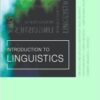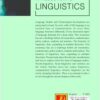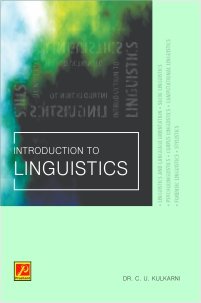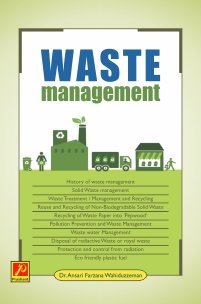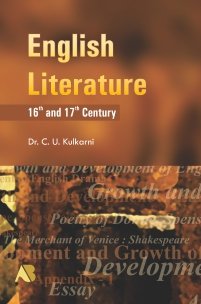Introduction to Linguistics
Authors:
ISBN:
₹295.00
- DESCRIPTION
- INDEX
Language Studies and Technological development are going hand in hand. In every walk of life language is an essential base of communication. In every filed, language functions differently. Every functional aspect of language demands for a deep study. This awareness has set a challenge before all researchers, academicians, policy makers, students and teachers. The branches of linguistics, thus, expanding in multiple directions. This awareness has set a challenge before all researchers, academicians, policy makers, students and teachers. The branches of linguistics, thus, expanding in multiple directions. Present study takes this fact into consideration and tries to explore some few areas of language studies. Psycho-linguistics, Socio-linguistics and stylistics are the widely familiar areas but corpus linguistics, computational linguistics, forensic linguistics are the newly emerging branches. There is an attempt to take a review through the various chapters of this work.
- Linguistics And Language Orientation : 1.1 Linguistics and Language, Definition and Nature, 1.2 Properties of Language, 1.3 Levels of Language Analysis, 1.4 Medium of Language (Spoken and Written language), 1.5 Functions of Language
- Socio-Linguistics : 2.1 Definition and Nature of Socio-Linguistics, 2.2 Linguistic Variation Factors, 2.3 Language and Social Identity, 2.4 The Sapir – Whorf Hypothesis, 2.5 Language Varieties, 2.6 Speech Communities and Language Contact
- Psycholinguistics : 3.1 Definition and Nature, 3.2 Language and Brain, 3.3 Producing Utterances, 3.4 Understanding Utterances, 3.5 Language Impairments,
- Corpus Linguistics : 4.1 Corpus Linguistics, 4.2 Characteristics of Corpus Linguistics, 4.3 Analytical Tools, 4.4 Applications of Corpus linguistics
- Computational Linguistics : 5.1 Computational Linguistics, 5.2 Artificial Intelligence, 5.3 Natural Language Processing and Computer Programs, 5.4 Machine Translation (MT) Document retrieval, information extraction, 5.5 Natural Language Processing, 5.6 Computer-Assisted Language Learning (CALL)
- Fore Nsic Linguistics : 6.1 Forensic Linguistics, 6.2 Legal Language and structure of legal genres, 6.3 Collection and testing of evidence, examination and cross-examination in the courtroom and evidence in the court, 6. 4 Variety in language, forensic text types and forensic transcription, 6.5 The role of forensic linguist, forensic phonetician, document examiner and investigation of Authorship
- Stylistics : 7.1 Stylistics, 7.2 Stylistic Principles, 7.3 Methods in stylistic analysis (stylistic studies)
Related products
-
Waste Management
₹250.00

